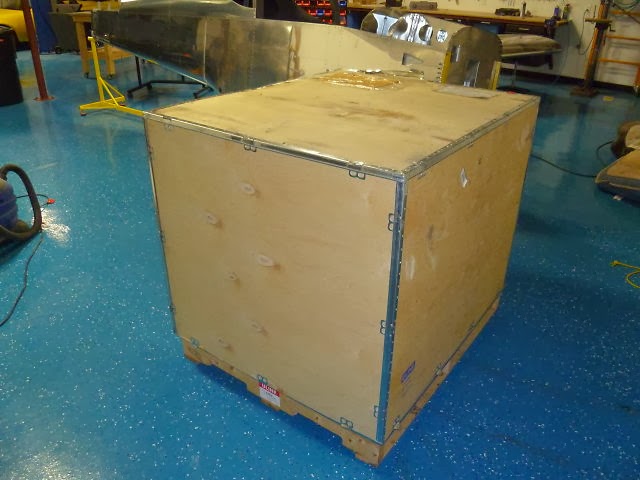This is the area that will be covered. Pictured is the forward deck area looking aft:
The first thing is to lay out the holes to be cut in the skin. When an access port is added through the skin, a backing piece, called a doubler is added that strengthens the area around the hole. The idea is that stresses in the skin are safely routed around the hole the area of the skin that is doubly thick. In addition to strengthening the skin, the doubler also provides a flange for the access port cover to rest against. Pictured below are the doublers and the skin ready to be cut.
Here are the doublers after the saber saw attack.
Then the doublers are match drilled to the skin.
The final step for the skin is to rivet the doublers on and also add some nut plates to secure the covers. I also sealed the edges of the doubler to discourage water entry at this location.
With the access ports complete all that is left to finish are the covers. Ordinarily, aluminum would be used here, but in this case I want to mount some GPS antennas underneath. Instead, I laid up fiber glass which has the fortuitous property of being relatively transparent to radio frequencies. It allows the GPS signals right through. So I used three layers of 9 oz. cloth to build a thickness that is close to the .032" aluminum skin. Although the fuselage is fairly flat in this area, but I laid up the access panels on top of the skin anyway to get the very slight curve built in.
Here are the covers trimmed and counter sunk for screws. At this point they're ready for paint prep.
And that wraps up Access Panels 101.










